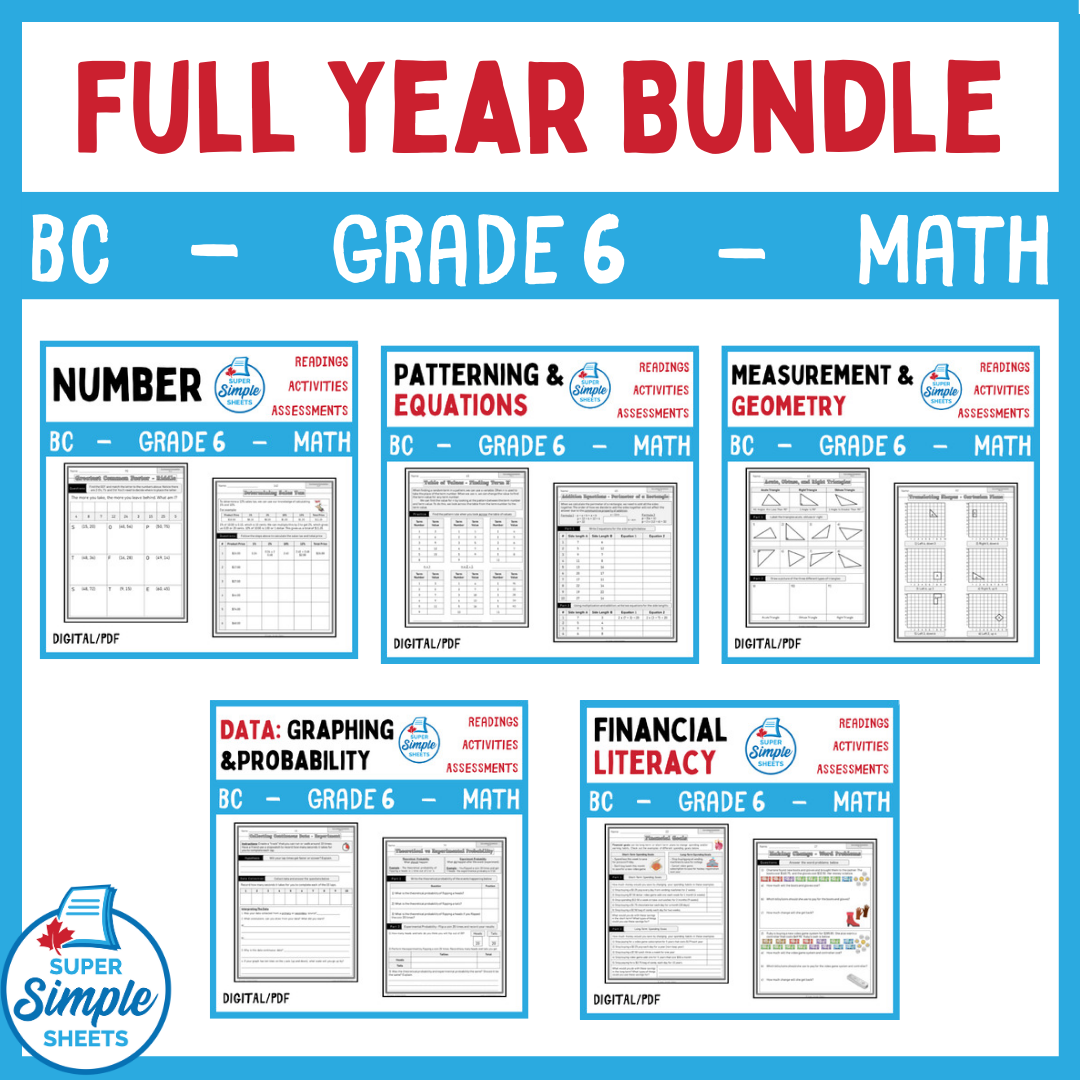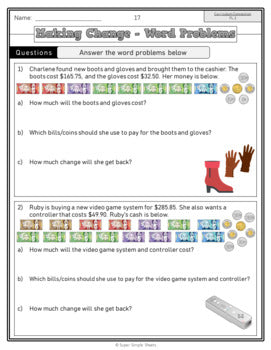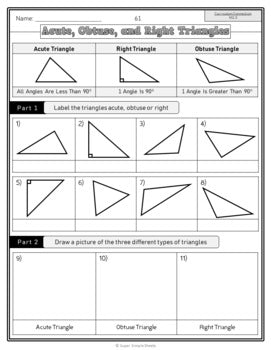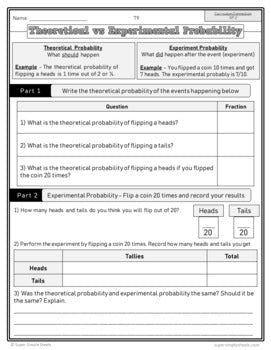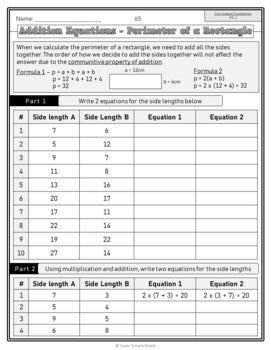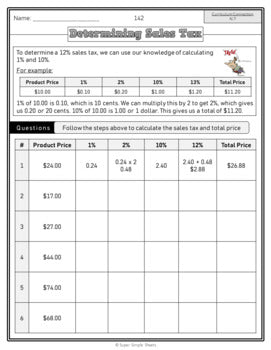BC Grade 6 Math Full Year Bundle
BC Grade 6 Math Full Year Bundle
Interested in a bundle? Shop below instead!
Couldn't load pickup availability
Distance Learning made easy! GOOGLE CLASSROOM VERSION - PDF INCLUDED! This gives you the ability to print worksheets as well as distribute a digital copy of the resource to your students on Google Classroom.
CHECK OUT THE PREVIEW TO SEE WHAT IS INCLUDED:
Grade 6 – British Columbia Math Curriculum – This resource covers all elaborations in the Grade 6 – British Columbia (BC) Redesigned Math Curriculum. There are 1064 activity sheets for your students to learn and practice the elaborations in the curriculum. Using this resource will ensure that your students will be learning the new redesigned BC curriculum.
Numbers-
Concepts that are covered:
- Composing and decomposing whole numbers to billions
- Understanding place value with whole numbers to billions
- Using operations to billions (adding, subtracting, dividing, and multiplying)
- Multiplication and division facts to 100 (using mental math strategies)
- Solve problems using the order of operations (BEDMAS)
- Factors and multiples – finding the greatest common factor and least common multiple
- Divisibility rules
- Factor trees
- Prime and composite numbers
- Read, represent, compare, and order decimal numbers to thousandths
- Round decimal numbers – both terminating and repeating as well as front-end estimation
- Convert improper fractions to mixed numbers and mixed numbers to improper fractions
- Introduction to ratios - representing situations using ratios
- Understand percentages and relate to decimals and fractions
- Determine percentage discounts – calculating the sales tax
- Determining the missing percentage
- Multiplying and dividing whole numbers by decimal numbers using a variety of strategies (e.g., area models, mental math, standard algorithm)
- 4 Unit Tests
Patterns and Equations-
Some of the concepts that are covered:
- Extending growing and shrinking patterns
- Translating growing and shrinking patterns using tables of values and graphs
- Increasing/Decreasing patterns using all 4 operations (addition, subtraction, multiplication and division)
- Determining pattern rules and pattern cores
- Representing patterns in table of values
- Analyzing tables looking for patterns to help solve problems
- Functional vs Recursive Relationships in patterns
- Linear patterns – analyzing patterns in graphs
- Creating and describing patterns using whole numbers
- Graphing table of values
- Solving equations using variables
- Solving patterns using algebraic expressions and equations
- Representing patterns using simple algebraic expressions and equations
- Balancing equations using all 4 operations
- Evaluating algebraic expressions
- Understanding the meaning of preservation of equality using pictures and concretely
- 2 Unit Tests – 1 for each strand
Geometry and Measurement-
Some of the concepts that are covered:
- Find the perimeter of polygons using different formulas
- Calculating the perimeter of complex shapes
- Find the area of triangles, parallelograms, trapezoids, and composite shapes
- Identifying angles as acute, obtuse, right, straight, and reflex
- Drawing acute, obtuse, right, straight, and reflex angles
- Estimate the size of angles up to 360 degrees
- Reading a protractor
- Using a protractor to determine angle size of up to 360 degrees
- Constructing angles up to 360 degrees
- Identifying and drawing scalene, isosceles, and equilateral triangles
- Identifying and drawing right, obtuse, and acute triangles
- Find the volume of rectangular prisms using different formulas
- Understand the relationship between capacity and volume
- Estimate the capacity of containers using referents
- Plotting points on a Cartesian plane using whole-number ordered pairs
- Identify transformations – translations, rotations, and reflections
- Perform transformations – translations, rotations, and reflections
- Performing combinations of transformations
- Create designs using multiple transformations
Graphing and Probability-
Some of the concepts that are covered:
- Difference between discrete and continuous data
- Difference between qualitative and quantitative data
- Difference between primary and secondary data
- Investigating the different random sampling techniques
- Interpreting bar graphs, multiple-bar graphs, and broken-line graph
- Creating bar graphs, multiple-bar graphs, broken-line graphs, and multiple broken-line graphs.
- Creating an appropriate scale for a graph as well as labels
- Creating and interpreting infographics
- Drawing conclusions about different sets of data
- Thinking critically about misleading graphs
- Creating misleading graphs
- Using a probability line to decide the probability of an event
- Using fractions, decimals, and percent to represent the probability of an event
- Understanding the difference between theoretical and experimental probability
- Performing experimental probability of events (coin flip, rolling a dice)
- Determining the theoretical probability of events using tree diagrams
Financial Literacy-
Some of the concepts that are covered:
- Converting Cents to Dollars
- Counting Canadian Coins
- Calculating Change
- Providing Change to Customers
- Making Change
- Making Change – Word Problems
- Main Methods of Payments
- Different Forms of Payment
- Financial Goals
- My Financial Spending Goals
- My Financial Earning Goals
- Assignment – Reaching a Financial Goal
- Reaching Financial Goals – Word Problems
- Negative Factors Affecting Financial Goals
- Positive Factors Affecting Financial Goals
- Factors Affecting Financial Goals - Profiles
- Credit and Debt
- Introduction to Interest
- Interest Rates
- Izzy’s Budget
- Family Budget
- Budget – Creating a Business Plan
- Consumerism – Need vs Want
- Financial Decision Making
- Factors Affecting Financial Decision Making
- Factors Affecting Financial Decision Making - Scenarios
- Fees - Baking and Borrowing
- Choosing a Bank Account
- Creating Bank Account Details – Assignment
- Financial Literacy – Unit Test
***Answer Pages for all worksheets are included
Share






Love this resource! Thank you!!
A great resource for beginning and experienced teachers alike. Unit planning, extensions and adaptations are easily built off of this package. Some spelling/grammatical errors in SSS packages but the value far outweighs any shortcomings.
